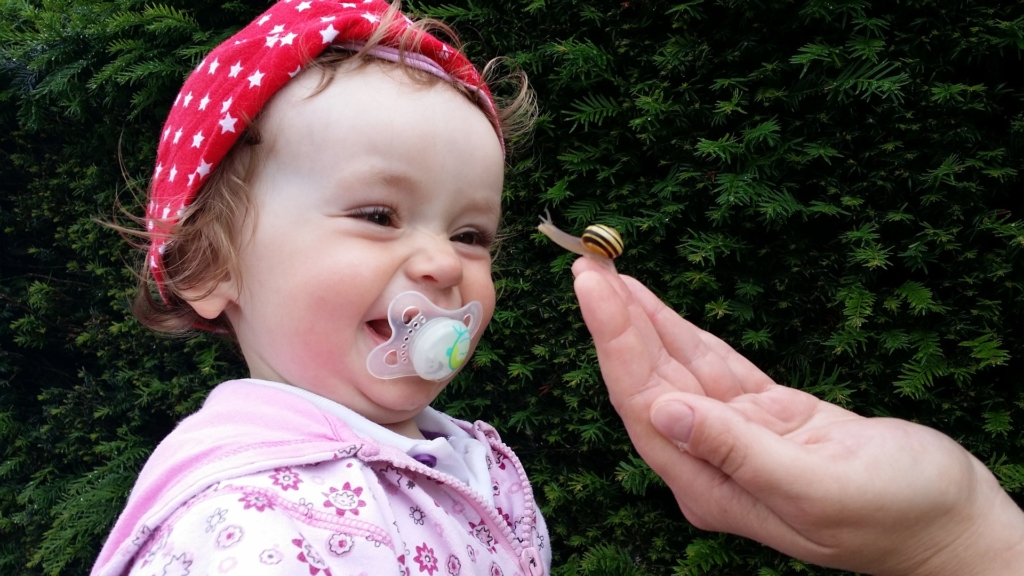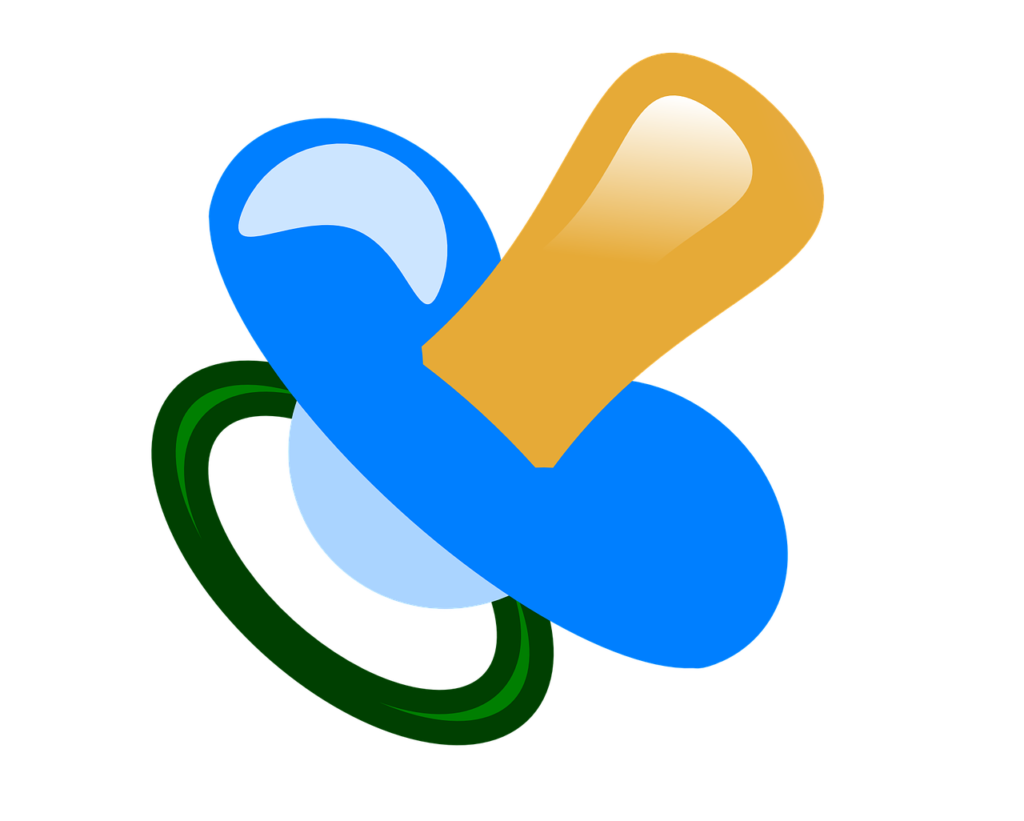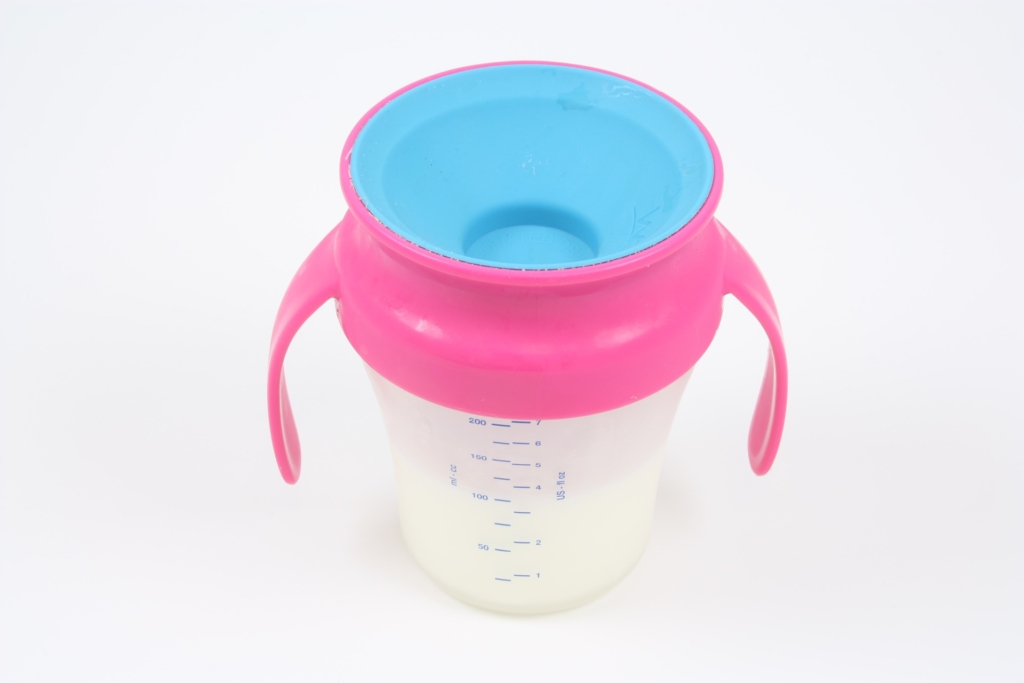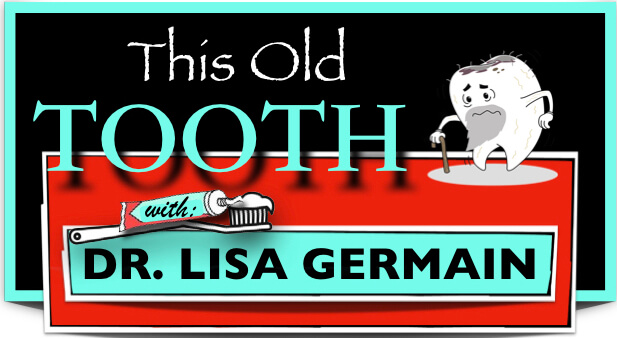Sippy Cups, Binkies and Thumb Sucking, OH MY!!
While pacifiers are frequently used to soothe a fussy baby, you might not know that while seemingly harmless, they can create a lifetime of dental and speech problems as well as overall health problems for your child. Find out why you might want to limit your child’s use of sippy cups and binkies and why infant thumb sucking habit should be discouraged.

Thumb Sucking and Your Baby’s Health
This topic is important because it involves the future health of your baby or young child. And I know that as parents, grandparents, aunts and uncles, we want to give our little ones the best start in life that we can. Now, the sucking reflex is probably one of the most important reflexes your newborn has. It is paired with the rooting reflex in which a newborn searches for a food source.
When the infant finds it, the sucking reflex allows them to suck and swallow the milk. Babies begin practicing it in the womb and it becomes fully developed by 36 weeks.
Thumb sucking has the power to calm babies and is quite extraordinary. It lowers the heart rate, blood pressure and stress levels. It even reduces crying after shots and blood tests. It’s amazing how much pleasure a simple pacifier can bring your little one throughout the day.
While nutritive sucking is when a baby gains milk for sustenance, non-nutritive sucking is when a baby is sucking but is so full that they are just doing it for comfort. When babies suck on a pacifier, toy or thumb, it’s called non-nutritive sucking because it yields no nutrition and not unlike baby meditation, non-nutritive sucking helps babies stay calm amid the chaos of the world around them.
But as hunger builds, your baby will eventually spit the pacifier out and complain,’Hey, where’s the milk?’ But then after a good feeding, they will happily accept the binky again. Whether or not to give your baby a pacifier is one of the many tough decisions you have to make as a parent. Pacifiers can help babies self-soothe, which can keep your baby content and allow you to stay more relaxed. On the other hand, prolonged pacifier use can cause dental issues and lead to what is known as pacifier teeth.
The good news is that it’s possible to give your baby a pacifier, yet avoid the problems it can cause.
Now, anyone who has seen a young baby contentedly sucking on a pacifier doesn’t doubt the benefits of their use. And the medical profession agrees. Pediatric research shows that pacifier use in very young babies shouldn’t be discouraged.
Some of the benefits include pain relief while undergoing common medical procedures, shorter hospital stays for preemies, reduced risk of sudden infant death syndrome, satisfaction of the sucking reflex in newborns, and an easier time weaning in comparison to thumb sucking when the time comes. So what is this about? Pacifier teeth can occur as a result of prolonged pacifier use. Babies’ mouths and teeth form in the womb and continue to grow throughout childhood. Anything held in an infant’s or toddler’s mouth for a prolonged period of time during this important period can affect dental and oral development.

The Problems with Pacifiers
According to the American Dental Association and the American Academy of Pediatric Dentistry, some dental effects of using pacifiers include crooked teeth, problems with bite and jaw alignment.
For example, the front teeth may not meet when the mouth is closed, protruding front teeth and changes to the roof of the mouth may occur. So the question is when to break the pacifier habit.
Well, all good things must come to an end, and eventually your toddler must give up their pacifier for the sake of their teeth to prevent dental issues.
A good rule of thumb is to prepare your little one to say goodbye to the pacifier by the age of two. However, some pediatricians recommend reducing or stopping pacifier use as early as six months, to reduce the risk of ear infection. Always talk to your dentist and pediatrician about what’s best for your child. Remember, pacifier teeth are the result of using pacifiers for too long.
If your baby needs a pacifier for comfort or to help them sleep, try not to worry that it’s damaging their teeth. When they are old enough, you can wean them off their pacifier and it won’t harm their future beautiful smile.
Now the American Academy of Pediatric Dentistry advises that a pacifier is preferable to thumb sucking. To prevent either one of them from causing problems with tooth alignment as well as speech and jaw growth, you might want to consider a plan for helping them break either habit by age three. Both binkies and thumb sucking should be curtailed.
But if you’ve ever tried to wean a child off their pacifier or thumb, you know it can be challenging, especially with a walking, talking, stubborn kindergartener. Keep in mind that punishment and harsh words aren’t the best means of thumb sucking prevention. With a pacifier, you can hide it or throw it away, but you can’t exactly do that with a thumb. So early intervention is key. Speak with your pediatric dentist or your pediatrician for advice.

Sippy Cup Information – The Truth About It
So what about the sippy cup?
Surprisingly, sippy cups weren’t designed as a tool for feeding development.
They were invented by a dad who just got tired of cleaning up the spills on the floor. And parents often think that a sippy cup is what they are supposed to offer to help kids eventually learn to drink from an open cup. Now, the occasional use of a hard spouted sippy cup is nothing to worry about, but it’s easy to become dependent on anything that makes a parent’s life easier.
Ask me how I know. But there are several problems that can arise if your child drinks from a sippy cup frequently over a prolonged period of time.
Now, sippy cups encourage babies to do just that, sip. But constant sipping on anything but water isn’t good for the health of a baby’s new teeth. Acid from the drink may wear down the enamel and demineralize the teeth leading to tooth decay. Babies need a break for the teeth to recover from the acid damage. Just a note: according to the American Academy of Pediatrics, babies shouldn’t be drinking anything but water out of a cup anyway.
While the sippy cup gives the child a bit of independence, when they tote it around all day with them, they are not as hungry for the nutritious foods at mealtimes. Babies as young as six months are ready for scheduled meal and snack times to eat mindfully, as a response to hunger.
Spacing snacks and meals about two hours apart and offering water in-between is very important for their overall wellness.
Now, another problem with a sippy cup is that the spout sits over the front of the tongue with each swallow. And when children only suck on long spouts, they may not learn to develop what is termed a mature swallow pattern. By 12 months of age, babies learn to lift and push up the tongue tip inside the mouth to swallow just like an adult. When anything holds the tongue or lip down with each swallow, it can cause a tongue thrust habit and a delay in oral motor development interest.
You may want to skip the sippy cup altogether unless your child has a medical reason to use one. For example, some children with swallowing problems require a valve cup for safety.
Children who haven’t developed the correct swallow pattern may have trouble biting into food with their front teeth and instead move the food around for chewing and scooping into the center of their tongue so they can swallow it. These kids may have problems breaking down food for good digestion, and they develop a picky eating habit when nutritious foods are too challenging to eat.

